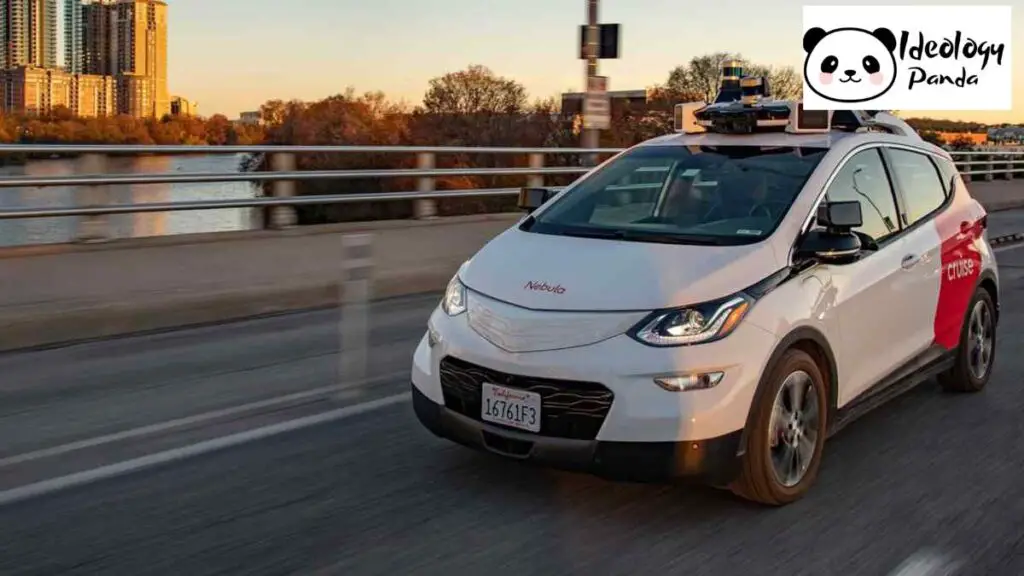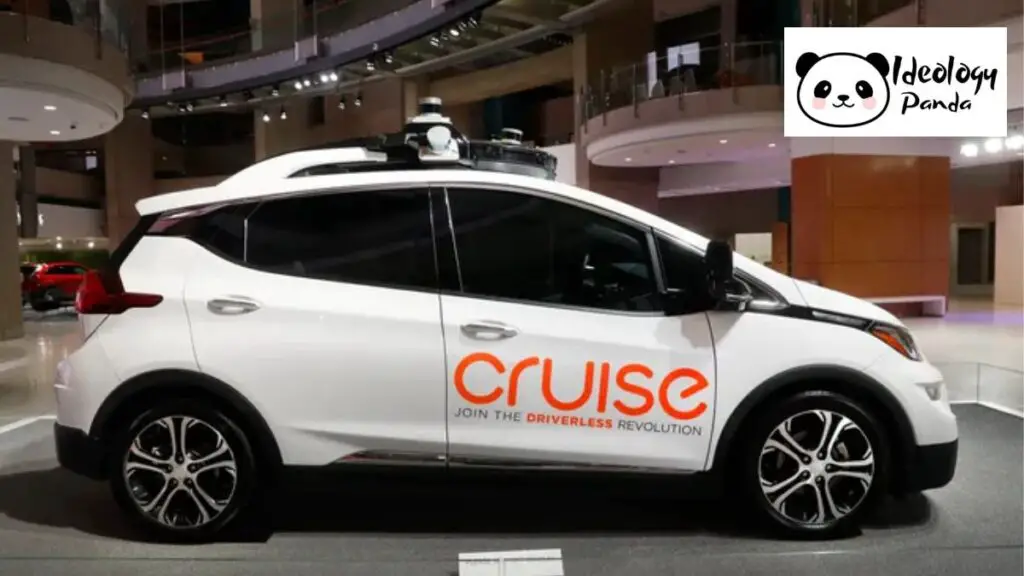General Motors’ self-driving taxi company, Cruise, has suspended its operations in San Francisco following the immediate suspension of its deployment and testing permits by the California Department of Motor Vehicles. The move comes in the wake of a recent hit-and-run incident involving one of Cruise’s autonomous vehicles. The California DMV has cited safety concerns, accusing Cruise of withholding critical information about the incident, which the company disputes.
The suspension comes after a contentious decision by the California Public Utilities Commission in August, designating Cruise as one of the two self-driving taxi companies authorized to offer 24/7 paid rides in San Francisco.
Cruise takes part in a hit-and-run.
The hit-and-run occurred on October 2 in San Francisco, where they reported that a Nissan Sentra in a neighboring lane struck a pedestrian who crossed a crosswalk against a red light. The pedestrian was propelled into the path of the vehicle, which was operating in driverless autonomous mode. The DMV stated that the vehicle came to a complete stop but ran over the pedestrian during a hard-braking maneuver. It then attempted to pull over, dragging the pedestrian underneath the vehicle for approximately 20 feet. The Nissan driver fled the scene and remains at large.
The DMV asserts that Cruise initially failed to disclose or provide footage of the vehicle’s pullover maneuver after the initial stop, which it believes may have increased the risk of further injury to the pedestrian. The DMV only learned about the car’s subsequent movement from another government agency and received additional footage from Cruise on October 13, after requesting a copy of the full video. The DMV considers this omission to have put the public’s safety at risk.
The suspension order from the DMV states, “The behavior of the vehicle raises concerns that vehicles operated under Cruise’s driverless testing permit also lack the ability to respond in a safe and appropriate manner during incidents involving a pedestrian. Until the department can make a determination regarding the safe operating of the vehicles, the continued operating of Cruise’s driverless test vehicles on public roads poses an unreasonable risk to the public.”
Cruise denies omitting any information from regulators and claims to have shared information with various agencies shortly after the incident, including the full video.
Cruise’s spokesperson, Navideh Forghani, stated that their representatives met with the DMV on October 3, during which they shared the entire video multiple times. Subsequently, the DMV requested a copy of the complete video, and Cruise promptly provided it to them.


Serious Concerns’ Surrounding Driverless Cars
In August, San Francisco became the first city in the world to permit two self-driving taxi companies, Cruise and Waymo, to offer paid rides around the clock.
However, self-driving cars have garnered attention for exhibiting troublesome and potentially hazardous behavior. In January, during a two-alarm apartment fire in San Francisco, firefighters had to forcibly break the front window of one of their driverless cars to prevent it from entering the firefighting scene and potentially running over their hoses, as reported by the San Francisco Chronicle. In March, two of Cruise’s autonomous vehicles disregarded caution tape that had been placed after wind storms toppled trees and trolley wires.
“This incident has raised significant concerns about the safety of their driverless vehicles,” as stated in a report by the San Francisco Fire Department regarding the March incident, which was published by Mission Local, a San Francisco news outlet.
City officials in San Francisco, led by City Attorney David Chiu, have taken action by filing an administrative motion with the California Public Utilities Commission. This motion requests a reconsideration of the resolutions that granted Cruise and Waymo the authority to expand their commercial autonomous vehicle fleets.









